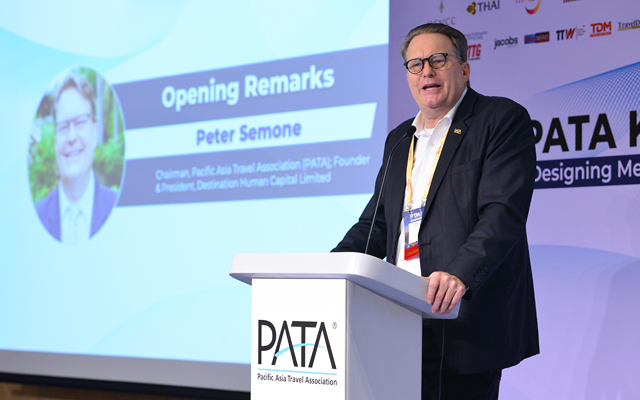Measuring tourism success has to go beyond simply tallying visitor arrivals or tracking tourism expenditure – a more holistic approach should take into account the impact of tourism on local communities, cultural preservation, and the environment.
These were the views of seasoned travel and tourism industry professionals who spoke at the PATA Knowledge Forum earlier this week.

PATA chairman, Peter Semone, stressed that governments in Asia must rethink the way they evaluate tourism growth, which has traditionally been driven by destination marketing campaigns designed to attract ever-higher visitor numbers.
He pointed out that Asia has already experienced a burst of growth.
Semone opined: “I don’t think we can continue down that path for much longer. We have to find a way to cultivate better quality tourism that we can manage and report within the system.”
He sees PATA’s role as helping its clients, which are primarily governments, to identify innovative solutions and strategies that align tourism growth with broader national objectives, so that destinations can be better positioned to deliver tourism that benefits all stakeholders, not just the bottom line.
Wolfgang Georg Arlt, executive director of the Meaningful Tourism Center, indicated that in order to create a meaningful tourism economy, there must be transparency and unique Key Performance Indicators that demonstrate how tourism benefits the economy and local communities.
Equally important, Arlt added, is ensuring that local communities have a voice in shaping tourism development in their area.
Siripakorn Cheawsamoot, director general of the Designated Areas for Sustainable Tourism Administration, cited Phu Kradueng National Park in Thailand’s Loei Province as an example of how infrastructure development – when thoughtfully designed – can balance visitor demand with ecological preservation.
A new cable car project planned for the summit of Phu Kradueng, for example, aims to serve a dual purpose – boosting visitor traffic while also reducing environmental impact by minimising the trash left behind by hikers.











